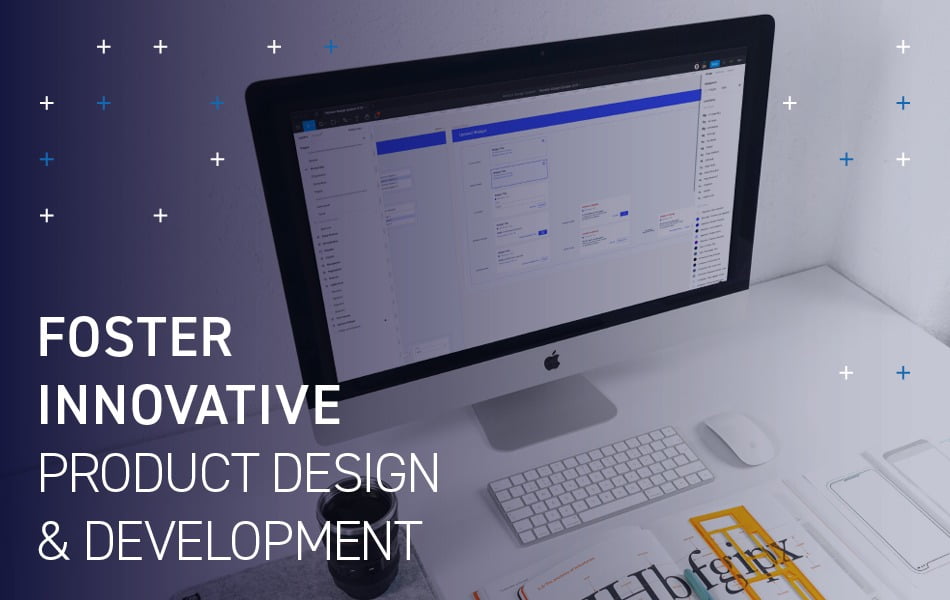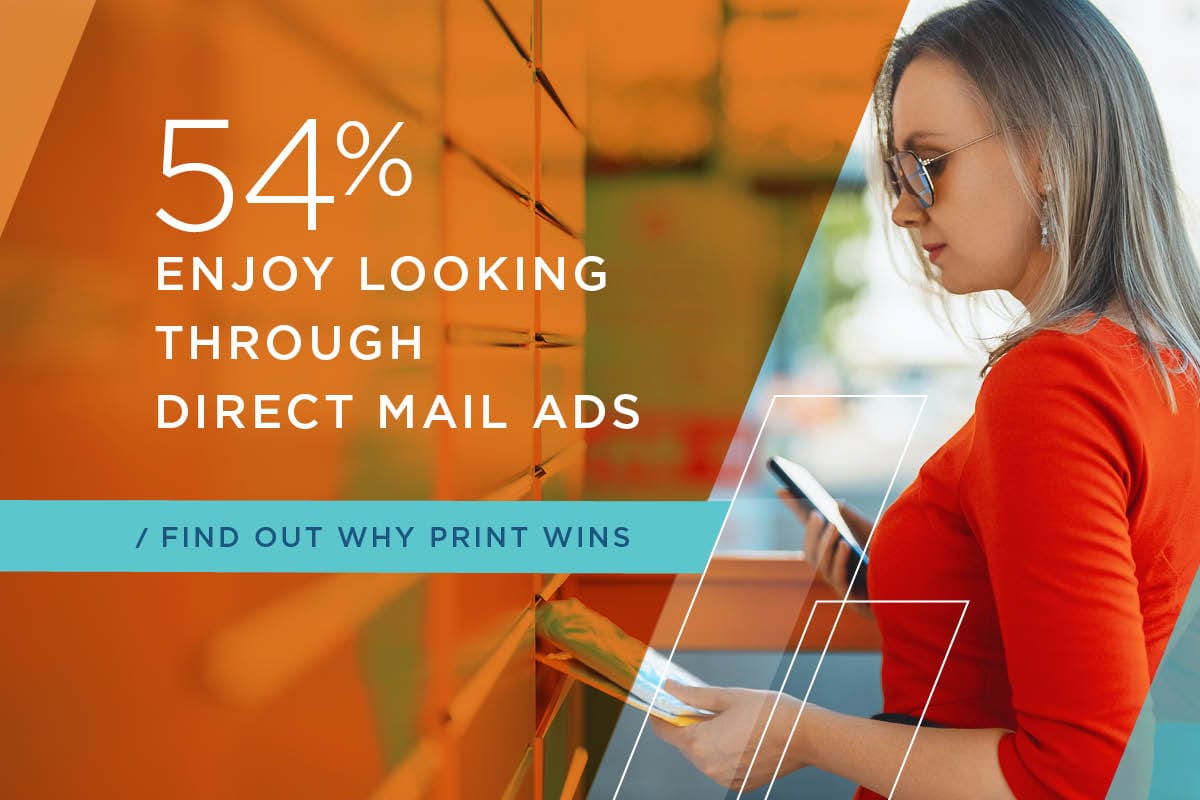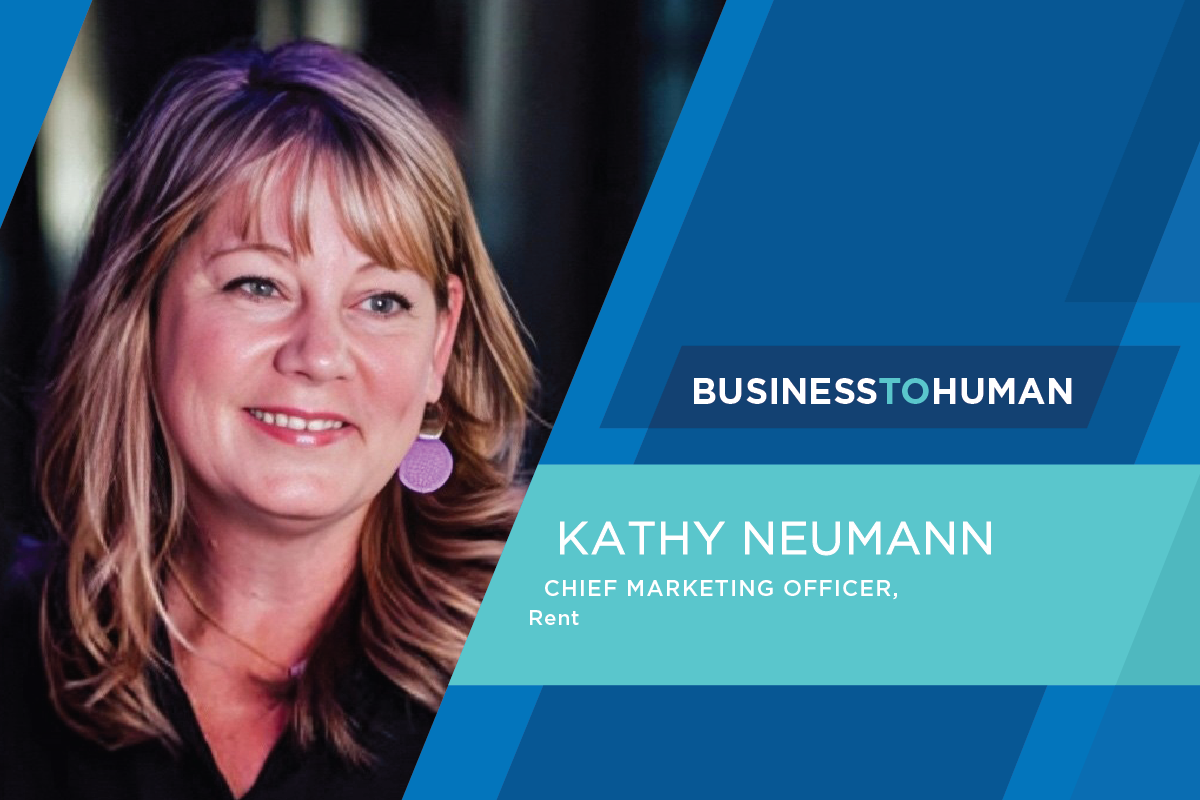Summary
• When it comes to product design, innovation sometimes comes at the expense of long-standing processes and cost concerns. • By applying a new mindset to every facet of product design, innovation can become the rule rather than the exception. • In this post, we’ll discuss the boost innovative product design brings to processes and the business as a whole.
Product development operates on both ends of a spectrum. When it’s a new creation, developers take a “blank slate” approach that enables them to be creatively uninhibited. When working within an existing structure, however, potential innovation is sometimes subject to entrenched thinking and sunk costs so great that a complete overhaul becomes necessary.
For designers and design teams, these are precarious obstacles to maneuver. Entrenched design systems and agreed-upon budgets shouldn’t deter any company from going outside the box with product design and development. Rather, those elements should combine to provide a framework that allows for innovation.
At Valassis, however, we don’t see innovative product design and development as either/or propositions. Our design framework — titled Project Horizon — provides a foundation for product design to be a collaborative and innovative process for years to come.
What does Project Horizon entail? For us, it worked in tandem with Figma to establish companywide expectations surrounding behaviors and interactions to streamline product design innovations across all product systems (i.e., web/mobile tool interactions). An industry-leading cloud-based design tool, Figma enables better cross-team collaboration across UX, research, product, and engineering. This tool has allowed us to increase the efficiency of our product life cycle and build a scalable design system.

When every department — specifically user experience, development, and product — is on the same page about product innovation, it’s a smoother and more efficient process that’s more advantageous for businesses as a whole. Getting these teams on the same page ensures everyone has a shared vision and goals for the system and any planned innovations.
Building this system takes time, cross-departmental collaboration, and the hitting of signposts along the way to put a system in place that cultivates innovation. Here are the benefits Project Horizon — and innovative product design, in general — afford a company:
1. Quicker Market Response
Not every company is set up to accomplish efficient and innovative product design. If anything, most organizations take a deliberate and methodical approach to design that doesn’t always provide immediate or real-time results.
Nontraditional design empowers practitioners to digest the audience’s demands faster while creating products that make go-to-market speed a priority. That continuous delivery is aided by a concept called “atomic design,” which calls for establishing design building blocks, systems, and philosophies that can respond to evolving consumer needs when they arise.
Atomic design allowed us to hear a consumer’s request for a dynamic mobile shift and then finish the prototype creation and testing within two quarters. One of the advantages of product innovation is that consumers ultimately drive it. Responding to those demands expediently shows consumers their requests remain central to your product design innovation process.
2. Improved Testing Capabilities
Once those requests come in from a consumer, then comes the process of figuring out how feasible they are. One of the advantages of product innovation is the freedom to bring any idea to enough of a scale that you can determine just how well it will function. When innovation is a focal point of product development, teams can consistently assess and tweak the testing process to produce results more quickly.
Prototype testing and creation, for instance, can happen quickly. This allows developers to innovate products more expediently and avoid lengthy and costly creation periods. Faster testing brings more innovative products to the table in a short amount of time, giving developers a wealth of options to go to market with and — indirectly — consumers more design options to experience and enjoy.
3. Faster Product Lifecycle
When innovative product design comes up, most companies feel like a total restart is necessary. However, an innovative development mindset can negate the temptation to start from scratch and instead introduce a life cycle management philosophy that focuses on three mantras: conceive, complete, and deploy.
A quickened lifecycle lingers less on the on-screen changes and leans more on the foundation, tools, and resources needed to keep user problems paramount. This kind of agile product lifecycle management can be hard to pull off — plus it needs upfront collaboration and investment to bring to fruition. It requires a Design Systems mentality that helps spark product design scale, efficiency, and consistency between disparate facets of the development process so innovative product design never stagnates.
Airbnb applied the Design Systems mindset to build a common language used among all product design stakeholders to ensure a shared vision. IBM also practices this approach; the company even made its Carbon Design System public-facing and open for designers and developers to contribute. The more common practices and a shared vocabulary are among design stakeholders, the quicker an end-to-end design undertaking can go — and the more a brand and consumers can benefit.

Innovative products don’t just appear out of thin air. They materialize from continuous delivery and iteration, applying expertise from UX and engineering to take more granular approaches to innovation, solve big-picture problems, and gradually improve lifecycle efficiency.
Truly revolutionary ideas are cultivated in environments that embrace nontraditional processes and put the systems, languages, and resources in place to encourage innovation. Put all of those elements in place, and any company can spur enough product development to become synonymous with innovation in the eyes of the people who matter most: consumers.
To learn more about how this mindset integrates into Valassis’ hiring processes and other aspects of the company, read “How STEAM Skill Sets Will Affect Omnichannel Marketing in the Future.”
Rachel Daniel is an executive director of global UX & Design at Valassis. Her passion is mentoring designers and building solid UX foundations with a research-based approach to fuel strategic growth. Throughout her career as a UX & Design leader, she’s worked at companies large and small, producing award-winning designs, growing collaborative teams, empowering design innovation, and crafting user experiences for a variety of products, applications, and brand identities.



